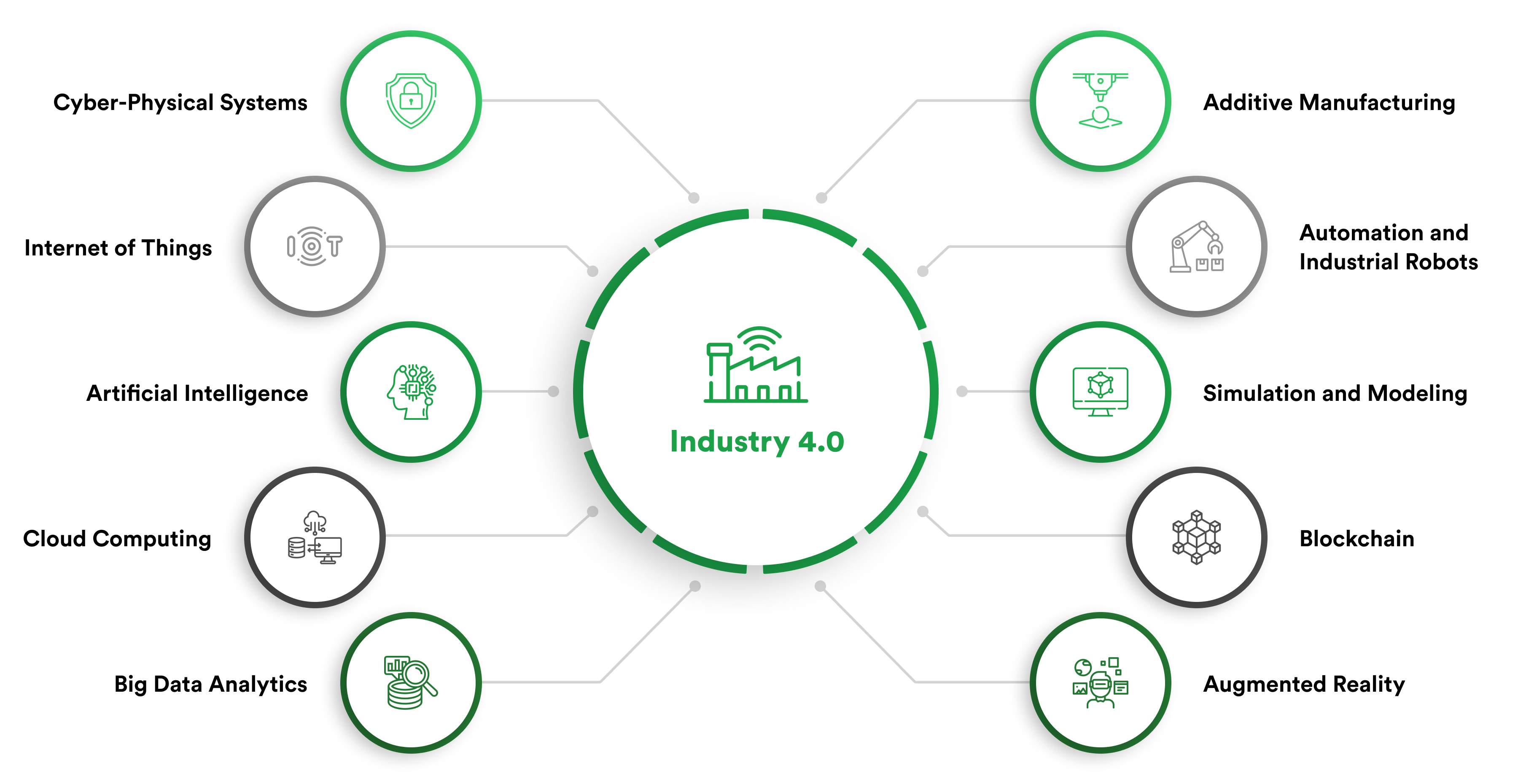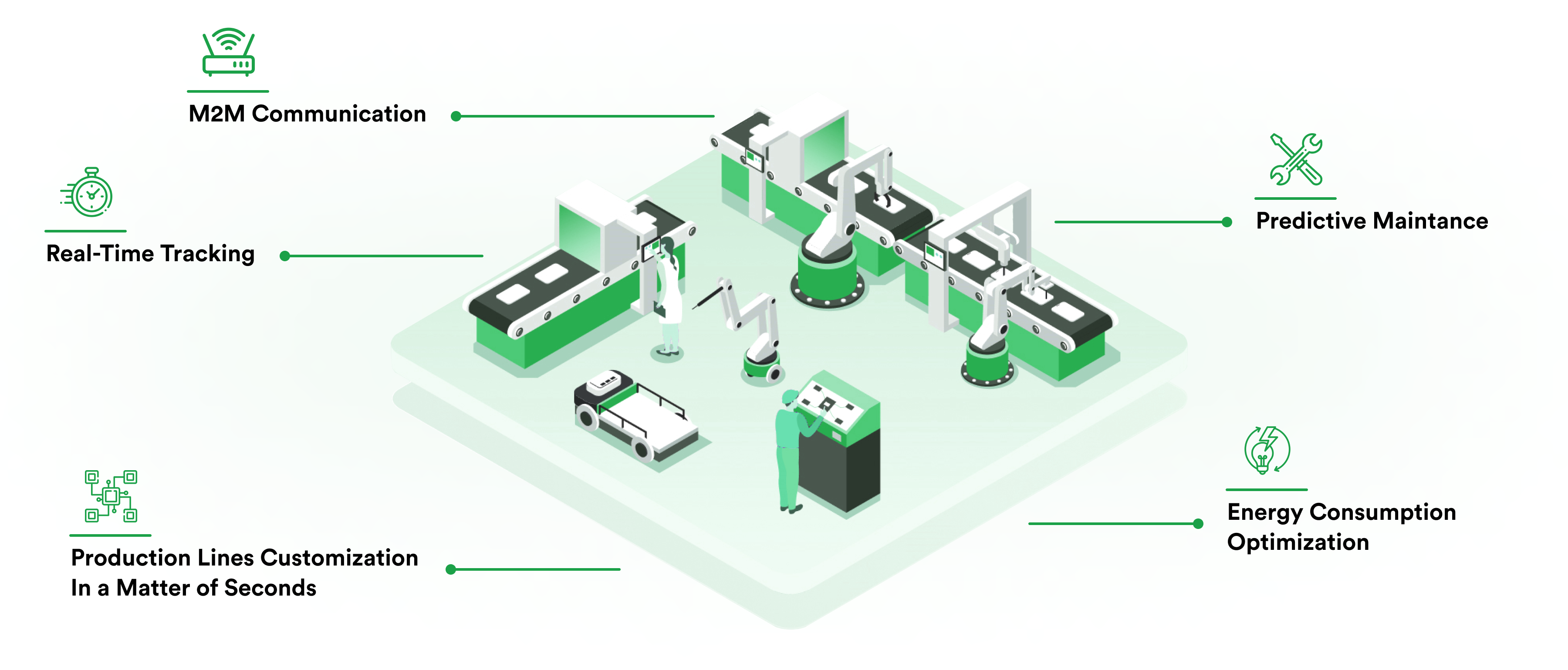Smart factories are at the forefront of this revolutionary development, reshaping modern industry’s face. These factories are the pinnacle of intelligent industrial integration and are powered by cutting-edge technologies.
Internet of Things
Intelligent factories are built on the Internet of Things (IoT), which seamlessly connects equipment, sensors, and machines to a centralized network through the Internet. This network of networked devices gathers and distributes real-time data, providing priceless insights into every aspect of the production process. IoT is crucial to developing smart factories, providing advantages like real-time monitoring for preventative maintenance and decreased downtime, predictive maintenance through data analysis for optimum machine performance and longevity, and increased operational efficiency through data analysis to optimize processes, cut waste, and better allocate resources.
AI and ML
While machine learning enables machines to learn from data, artificial intelligence involves machines imitating human intelligence. These scientific developments are essential for thoroughly processing and interpreting the vast amounts of data smart factories produce. For predictive analytics to forecast probable machine failures, product flaws, or maintenance needs based on historical and real-time data, AI and ML play crucial roles in smart factories. Additionally, by quickly detecting faults during the production stage, AI-powered image recognition and data analysis help to ensure high product quality. Further, AI algorithms improve supply chain management, operational efficiency, and manufacturing processes.
Augmented Reality (AR) and Virtual Reality (VR)
While virtual reality (VR) immerses people in a wholly digital environment, augmented reality (AR) overlays digital elements onto the actual world to improve our perception. Both systems have significant design, maintenance, and training advantages in smart factories. AR and VR are essential components of smart factory environments. They provide workers with realistic, real-world simulations to improve their abilities and effectiveness. Additionally, while performing complex operations, technicians can gain real-time direction and assistance through AR overlays, ultimately increasing accuracy and decreasing errors. VR also helps to speed up the product development cycle through virtual prototyping and design iterations.
Big Data and Advanced Analytics
Big Data is managing and interpreting massive quantities of data, using advanced analytics to uncover essential insights for making well-informed decisions.
Big Data and cutting-edge analytics are essential in smart factories. By analyzing large amounts of data, they offer operational insights that enable factories to comprehend operating trends for effective resource allocation and process improvement. Advanced analytics is also essential for supply chain optimization, assuring on-time delivery while reducing operational expenses. Additionally, these technologies help in product customization by carefully examining client data, which raises customer happiness.
Robotics and Automation
Automation involves mainly using automatic equipment in operational systems, while robotics covers the design, building, operation, and use of robots across various areas.
Automation and robots both play crucial roles in smart industries. By accelerating industrial procedures, they considerably increase productivity, leading to increased output and general efficiency. Additionally, robots demonstrate unparalleled precision and accuracy when executing jobs, reducing errors and improving product quality. These technologies also help to increase safety by enabling automation and robots to handle risky activities, putting worker safety first.








